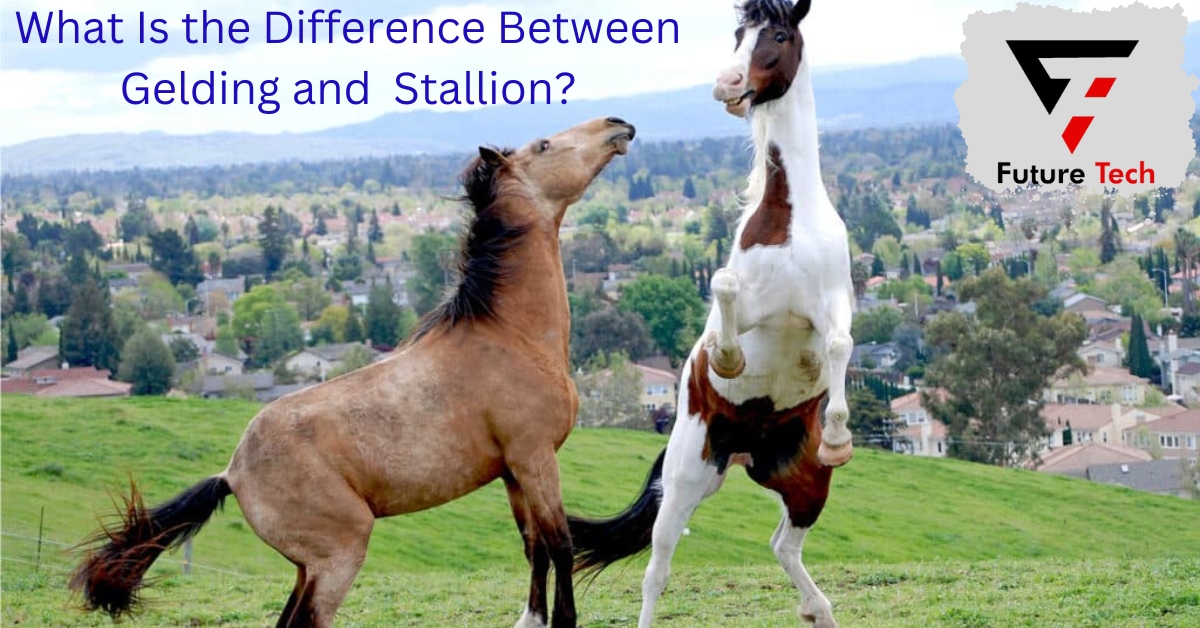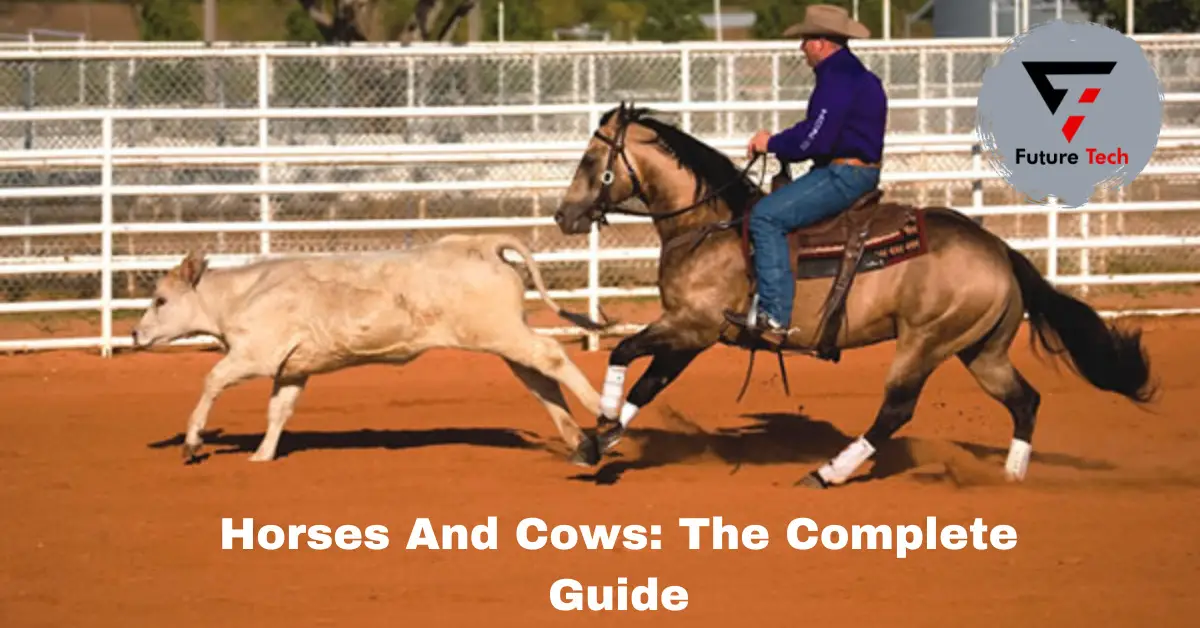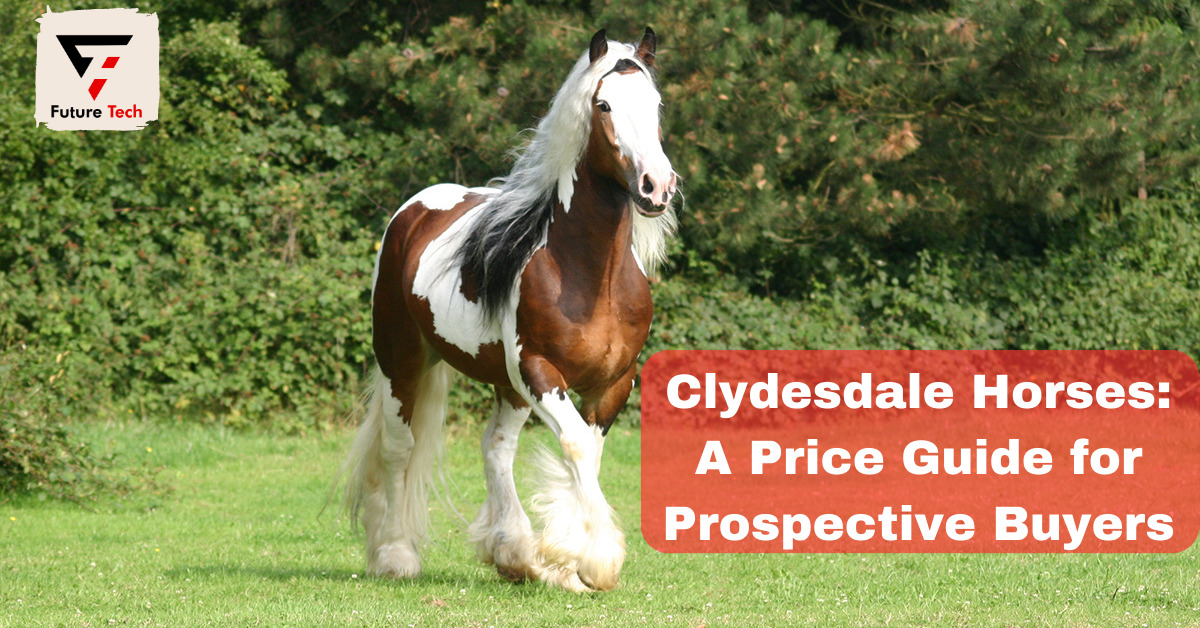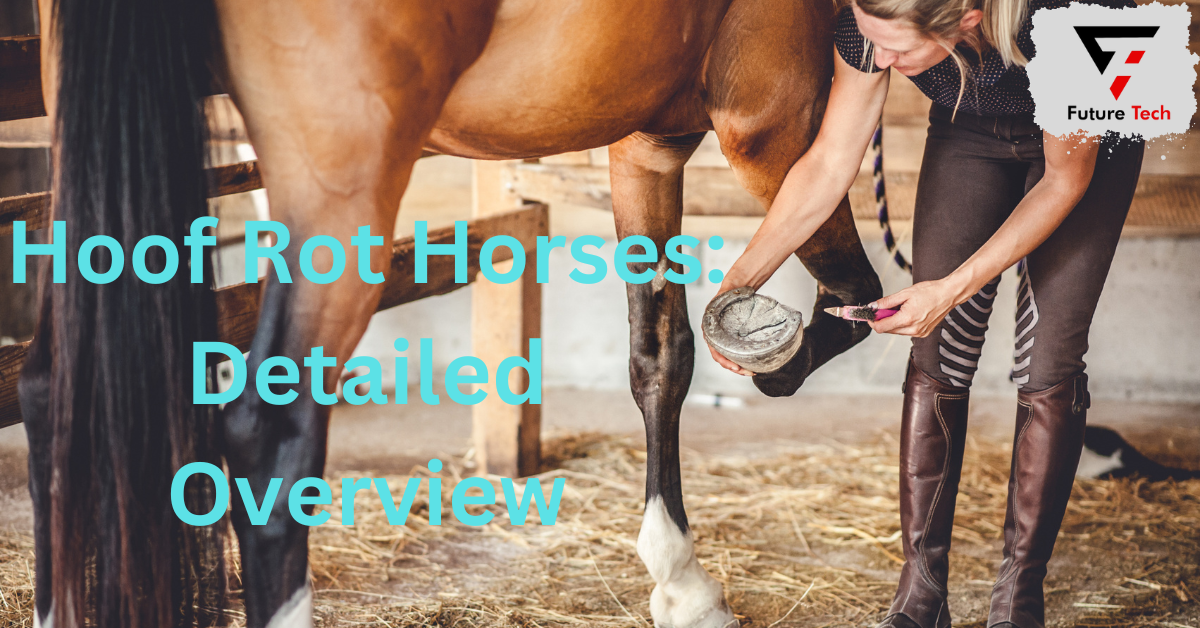Horses are amazing creatures that have had many different functions throughout human history. These functions range from companions in leisure activities to essential partners in agricultural work and transportation. The terms “gelding” and “stallion” often come up in discussions concerning the identification and classification of horses. In this introduction, we shall explore the main differences between these two types of horses by diving into the extensive field of horse jargon. You’ll be able to grasp better horse behavior, management, and their various functions within the equestrian world if you identify yourself with the differences between geldings and stallions. In this article, we will discuss briefly about gelding and stallion.
What Is A Stallion Horse?
A male horse that has not undergone castration seems typically referred to as a stallion. In other words, it remains uncastrated and possesses the ability to reproduce and sire foals independently. Stallions, male horses, receive recognition for their strength, endurance, and significant potential for competition success.
The ability to sire offspring is unquestionably one of the defining characteristics of a horse classified as a stallion. Generally, only very selective male horses came preserved for breeding purposes.
Breeders consider various factors when deciding to breed a horse. The horse’s performance record, desirable traits, and genetic lineage all come into play in order to enhance the qualities of future generations of horses.
Stallions are often larger, more muscular than geldings, and have broader necks.
What does it mean when a horse is gelded?
Castration, or the surgical removal of a male horse’s testicles, results in the phenomenon known as “gelding.” This surgery is typically carried out so that the horse will no longer be able to breed and so that its behavior can become altered. The procedure of castrating male horses, also known as “gelding,” gives geldings their names. The process of “gelding” a male horse also goes by the same name.
If you’re looking for a dependable and trustworthy riding companion, a gelding horse is your best pick in most cases. As a result of their laid-back demeanor, these horses are comparable to mares in terms of how they ride and how they perform in specific disciplines.
Jim is a homebred Clydesdale gelding, and he is one of ours. Geldings are less excitable and more amenable to becoming trained.
A Complete Analysis of the Differences Between Stallion and Gelding
Both stallion and gelding are types of male horses, yet they are significantly different from one another. Understanding the differences between the two can be important for riders, breeders, and owners when it comes to selecting an appropriate male horse.
We can make the following noticeable distinctions between these horses:
The differences between stallion and gelding in terms of their attributes
Stallion
Stallions are male horses that have reached their full sexual maturity and come equipped with all of their reproductive organs. These organs are the ones that are in charge of manufacturing testosterone, which is what ultimately leads to more pronounced physical traits. Stallion horses, for instance, tend to have cresty necks, muscular bodies, and a more robust overall appearance.
Stallions have a more masculine appearance due to their secondary sexual features, including larger necks and more pronounced jaws.
In most cases, their primary function is to mate with mares in order to produce offspring.
Belgian stallion with a hefty build
Stallions have larger muscles than mares.
A stallion
A stallion is a male horse with hormone therapy to give him a more manly voice, look, and demeanor. He is unable to bear children of his own. A mare can only give birth to foals sired by stallions; she will never give birth to geldings.
They refer to a male horse that has undergone genetic modification in order for it to sire foals as a stallion. It is the name given to a male horse whose owner has chosen him to be the father of his mares’ foals.
It is possible to breed horses from a variety of various breeds. These consist of:
- Stallions for breeders
- matron breeders
- Standardbreds
- Draft horses.
- Breeders of horses
No longer are stallion horses only for display. The horse of today is a beautiful animal. They are better for the environment and much easier to handle than a typical horse.
A stallion is a male horse that serves to sire mares.
The primary purpose of stallions is breeding, though they are additionally occasionally preserved for exhibition.
Advantages of Owning a Stallion Equine
In addition to being excellent for breeding, stallion horses are also notable for the environment. Because they became accustomed to living on a vast scale, they are very suitable for large farms. In addition, they are amiable and manageable.
The majority of stallion horses are bright and humorous animals. They also have a solid attachment to their owners.
The drawbacks of owning a stallion
Owning a stallion horse has drawbacks, such as high cost and difficulty in locating one. To own a stallion, you must first acquire it and then transfer ownership of its mare.
Gelding Horse:
Castrated and desexed to produce the appropriate features, Gelding horses are typically less expensive than stallions. Although they are suitable for riding horses and occasionally as workhorses, geldings do not bear children of their own. They often serve as show horses, particularly in dressage and eventing events.
A gelding horse is, in reality, a masculine horse that has undergone castration. This is not the only meaning of the term; it is a popular option to refer to a horse that is castrated but not necessarily sterile.
You can get a gelding horse if you want to make your horse healthier and better at what it does. A male horse that gets castrated becomes known as a gelding, and it stops the horse from producing sperm. Castrating a horse occurs for the following primary reasons:
- To lessen hostility.
- To facilitate handling the horse.
- To make the horse more docile.
- To avoid unintended births.
Gelding is an irrevocable and permanent process. Aggression is a trait that is undesirable in horses, and castration serves to lessen it. A gelding is incapable of having children and will never develop a penis. Since gelding is a straightforward process, the majority of horses should heal quickly.
Describe Gelding.
The removal of a horse’s genitalia is often referred to as “gelding.” Cutting the scrotum, the pouch holding the testicles is the most usual way to geld a horse. The wound from removing the scrotum gets time to heal before the horse receives an anesthetic shot.
Why Do We Geld Our Horses?
Gelding a horse aims to enhance its behaviour and increase its safety. The testes are the organs that produce hormones such as testosterone that affect a horse’s behaviour. The removal of these testes will prevent the horse from producing the hormones that control its behaviour.
What Happens After Gelding?
Horses have their testicles removed and given time to recover after gelding. A large needle is then used to implant a small plastic tube into the urethra, a hole through which urine flows, after giving the horse an anaesthetic shot.
Why Do We Give Our Horses Money?
A horse undergoes gelded to enhance its temperament and increase its safety. The hormones that affect a horse’s behavior, including testosterone, originate in the testes. The horse will no longer be able to create the hormones that influence its behavior if its testes disappear.
What’s Next Following Gelding?
After gelding the horse, the vet removes the testicles and gives it time to recuperate. The horse gets an anesthetic shot, and then a little plastic tube gets stuck into its urethra—the orifice where pee departs the body—using a big needle.
In summary:
Horse lovers, breeders, and owners need to know the distinctions between gelding and stallion in the vast world of horse jargon. Historically, horses have served various purposes, from being essential partners in transportation and agriculture to being companions during leisure pursuits. The phrases “stallion” and “gelding” frequently appear in relation to the identification and classification of horses. Understanding the differences between these two types of horses helps you learn more about how horses behave, how to manage them, and what responsibilities they play in the equestrian community.
A stallion is a male horse who has not had his castration and is able to procreate and father offspring on his own. Breeding these strong and muscular horses primarily aims to mate with mares and generate progeny. The bigger necks and more prominent jaws of stallions are characteristic features that add to their macho appearance.
A gelding, on the other hand, is a male horse that has undergone castration in order to stop breeding and change its behavior. Geldings are great riding companions since they are generally more docile and amiable. They frequently find jobs in dressage and eventing, among other equestrian disciplines.




